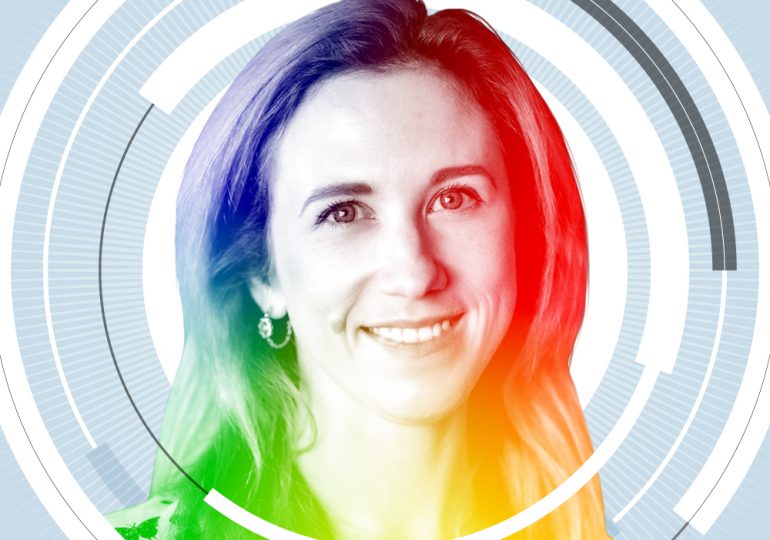About 5 years ago, Sasha Luccioni was researching ways AI could help tackle climate change when a single question prompted her to rethink: What if AI was part of the problem?
“Every time you do a Google search, you don’t know how much energy that’s using. Every time you use an AI to generate an image, you don’t know how much energy that’s using,” Luccioni says. The tech industry, she says, has not been forthcoming with data about the carbon footprint of this new technology.
[time-brightcove not-tgx=”true”]
That revelation spurred Luccioni to examine AI’s environmental costs. In 2020, she helped create a tool for developers—which has since been downloaded over one million times—to quantify the carbon footprint of running a piece of code. Two years later, she co-authored one of the first studies to calculate the carbon generated by a large language model. The study estimated that BLOOM, which at the time was the world’s largest multilingual open-source AI model, would generate over 50 metric tons of CO2 over its life cycle. That’s roughly the equivalent of flying from London to New York and back about 80 times.
As Climate and AI lead at Hugging Face, a wildly popular platform for sharing open-source AI models, Luccioni is focused on pushing these insights beyond the research community. In October, she presented her research at TED, and now is developing a first-of-its-kind “energy star rating for AI.” The rating system, set for release later this year, will help engineers and startups compare the climate-impact of different AI models. The aim isn’t to shun AI, Luccioni says, but to help others choose the right tool for the job.
*Disclosure: Investors in Hugging Face also include Salesforce, where TIME co-chair and owner Marc Benioff is CEO.
Leave a comment








